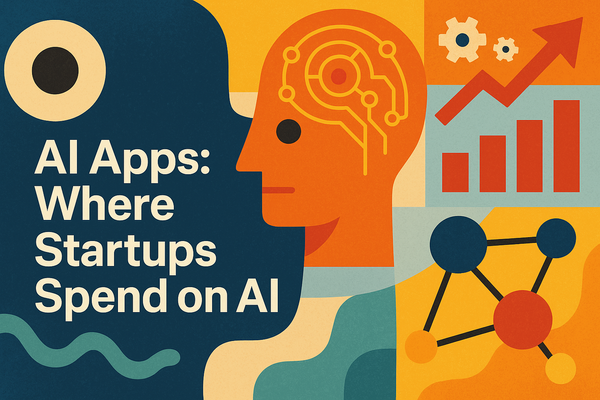AI-Generated Code Risks

In today's fast-paced development environment, AI code generators have become invaluable tools for developers seeking to streamline their workflow. While these tools offer tremendous benefits in terms of productivity and creativity, they also introduce significant risks when code is generated based on untrained user prompts without proper oversight. This article explores the security vulnerabilities and performance challenges that can emerge from AI-generated code and offers practical strategies for mitigation.
Security Vulnerabilities in AI-Generated Code
AI models trained on vast code repositories may inadvertently reproduce security flaws present in their training data. When users provide ambiguous or incomplete prompts, these vulnerabilities become even more pronounced.
Common Security Risks
- Injection Vulnerabilities: AI systems may generate code vulnerable to SQL, NoSQL, or command injection attacks by failing to properly sanitize user inputs.
- Authentication Weaknesses: Generated authentication systems often lack proper password hashing, secure session management, or multi-factor authentication considerations.
- Insecure Default Configurations: AI often produces code with default settings that prioritize functionality over security, leaving systems exposed.
- Outdated Dependencies: Generated code may reference libraries with known security issues, as AI models may not be current with the latest security advisories.
- Hardcoded Credentials: AI systems sometimes include hardcoded API keys, passwords, or connection strings directly in the codebase.
Performance and Scalability Challenges
Beyond security concerns, AI-generated code can introduce significant performance bottlenecks that only become apparent under real-world conditions.
Key Performance Issues
- Inefficient Algorithms: Without specific optimization instructions, AI tends to generate code that works but may not employ the most efficient algorithms for the task.
- Resource Leaks: Generated code may fail to properly close database connections, file handles, or other resources, leading to gradual degradation of system performance.
- Unnecessary Computations: AI models often produce verbose code that includes redundant operations or unnecessary data transformations.
- Poor Database Query Optimization: Generated database interactions frequently lack proper indexing strategies or query optimization.
- Scaling Limitations: Code produced for prototype scenarios often fails to consider distributed systems concerns like concurrency, caching, or load balancing.
Practical Mitigation Strategies
Despite these challenges, organizations can implement several strategies to safely leverage AI code generation while minimizing risks.
For Security
- Implement Thorough Code Reviews: All AI-generated code should undergo rigorous human review with a security-focused lens.
- Use Static Application Security Testing (SAST): Integrate automated security scanning tools into your development pipeline.
- Apply Least Privilege Principles: Ensure the generated code follows the principle of least privilege by default.
- Conduct Regular Security Testing: Perform penetration testing and security assessments on systems containing AI-generated components.
For Performance
- Benchmark Early and Often: Establish performance metrics and test AI-generated code against realistic workloads.
- Profile Application Behavior: Use profiling tools to identify bottlenecks in generated code.
- Implement Progressive Load Testing: Gradually increase the load to identify scaling issues before production deployment.
- Refactor Critical Paths: Have experienced developers optimize performance-critical sections of AI-generated code.
Conclusion
AI code generation represents a powerful tool in the modern developer's toolkit, but its output requires careful scrutiny. By implementing strong review processes, security testing, and performance optimization strategies, organizations can harvest the productivity benefits of AI assistance while avoiding its potential pitfalls. As these technologies continue to evolve, maintaining a balance between automation and human oversight will be essential for producing secure, performant, and reliable software systems.




